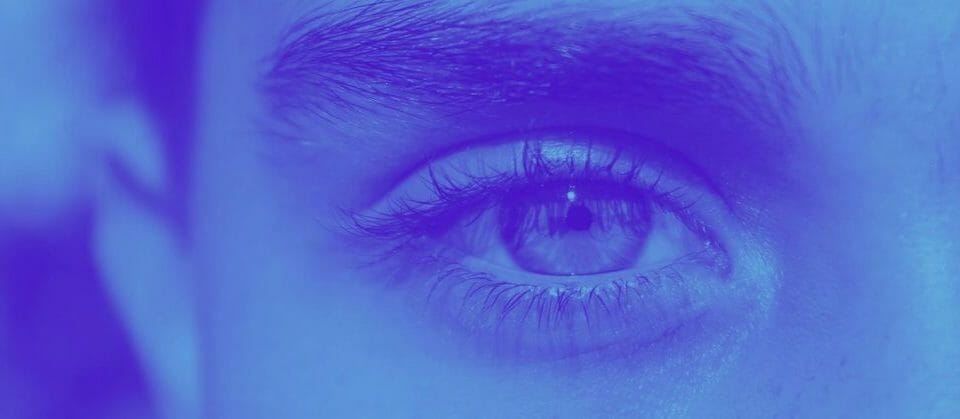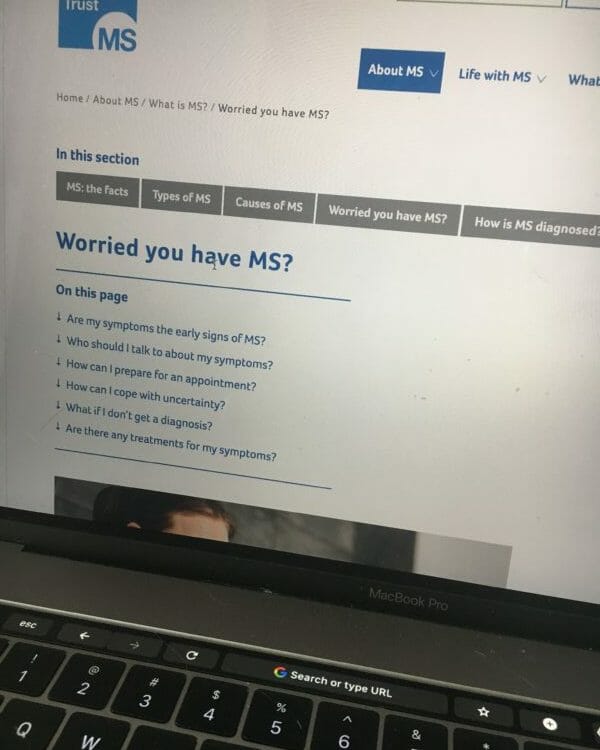
New Guidelines For Sleep Medication
August 16, 2018Worried Sick with Illness Anxiety (Hypochondria)
January 30, 2019Too Worried & Anxious: Generalized Anxiety Disorder

GAD: When worry is a problem.
Generalized anxiety disorder (GAD) is one of the most common types of anxiety disorders.
People often describe emotional and physical symptoms related to anxiety to their primary care providers. Medication and counseling are often recommended. However, this is often a brief conversation and despite an attempt to get help, anxiety conditions are often poorly recognized and under-treated problems.
GAD symptoms include persistent and excessive worry that is focused on a specific problem or situation, and changes frequently. Simply put- an anxious mind looks for things to worry about. Then, it moves to the next when the situation is resolved. Like other anxiety disorders, GAD has a high rate of comorbidity with major depression and alcohol abuse. Chronic anxiety may contribute to additional health problems- including gut and cardiac issues.
Could you be struggling with GAD? Take a look at your family members. There is a significant genetic contribution, including parents and siblings struggling with anxiety.
Also, can you identify any environmental factors such as early childhood trauma, abuse, or neglect? Many people struggling with GAD report living with an anxious family member, childhood bullying, and struggling to meet their basic needs at an early age.
Many adults often describe “behavioral inhibition” as children. This is an early temperament associated with aversion to novel situations or things. Also, sensitivity to sounds and changes in the environment.
Due to hormonal factors, women are more likely to be affected by anxiety disorders than are men. This includes generalized anxiety, panic attacks, phobias, and stress disorders. Are you experiencing a hormone shift or change in birth control?
In addition, reflect on your health profile. Do you experience any irritation in your body? Breathing concerns? Issues with your body weight? Changes in hearing or vision? All these factors can trigger an increase in anxiety.
Interestingly, the onset for GAD is typically later than it is for other anxiety disorders with the median age at 30 years old.
We often see women who report the onset of symptoms after a stressful trigger or challenging relational change.
Here are the most common symptoms we hear from patients requesting help, lasting longer than 6 months:
- tachycardia or tachypnea
- sweaty palms or increased sweating
- restlessness
- rapid heartbeat
- shortness of breath
- stomach discomfort or cramping
- the feeling of a lump in the throat
- difficulty swallowing
- frequent need to urinate
- dry mouth
- nausea
- diarrhea or anxious tummy
- cold and/or clammy hands
- headaches, tense neck, backaches
- Eye twitching
- Rapid thoughts
With all these symptoms, prolonged anxiety can prove to be intolerable for some and the likelihood of depression may increase.
Medical conditions should be ruled out. Including hyperthyroidism, heart conditions, and POTS. For these reasons, GAD should be reported to your medical provider.
People find relief with specific treatments designed to target specific symptoms. Depending on your symptoms, medication or supplements may be helpful.
Most medical providers consider selective serotonin reuptake inhibitors (SSRIs) as first-line options. However, cognitive-behavioral therapy has been proven superior in placebo-controlled trials. We recommend exposure-based CBT, a treatment provided at Conscious Living Counseling & Education Center.
In the case of resistant anxiety, we’ll get more creative and pull in other therapies and treatment options. We will not give up.



